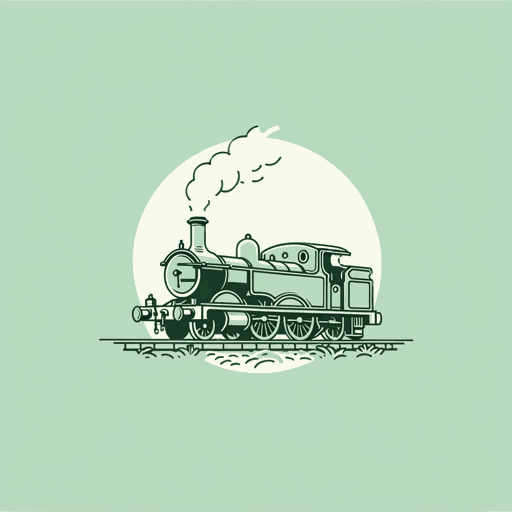60 pages • 2 hours read
E. NesbitThe Railway Children
Fiction | Book | Middle Grade | Published in 1906A modern alternative to SparkNotes and CliffsNotes, SuperSummary offers high-quality Study Guides with detailed chapter summaries and analysis of major themes, characters, and more. For select classroom titles, we also provide Teaching Guides with discussion and quiz questions to prompt student engagement.
Introduction
Teacher Introduction
The Railway Children
- Genre: Fiction; Children's novel
- Originally Published: 1906
- Reading Level/Interest: Lexile 640L; Middle-grade; Grades 4-7
- Structure/Length: 12 chapters; approximately 188 pages; approximately 6 hours, 43 minutes on audiobook
- Protagonist/Central Conflict: The central conflict in the story revolves around the Waterbury children—Roberta, Peter, and Phyllis—whose lives are upended when their father is mysteriously taken away. They move to the countryside near a railway station and befriend various railway workers and passengers. The novel follows their adventures, friendships, and their quest to uncover the truth about their father's disappearance. "The Railway Children" explores themes of family, resilience, and the magic of the ordinary.
E. Nesbit, Author
- Bio: Born 1858; Died 1924; English author and poet; known for her contributions to children's literature, particularly her inventive and imaginative stories; a founding member of The Fabian Society, a socialist organization; influential in the development of children's fantasy literature; works continue to be cherished by readers of all ages.
- Other Works: The Wouldbegoods (1901); Five Children and It (1902); The Phoenix and the Carpet (1904); The Story of the Amulet (1906); The Enchanted Castle (1907); The House of Arden (1908); The Magic City (1910); The Magic World (1912).
CENTRAL THEMES connected and noted throughout this Teaching Guide:
- Reversals of Fortune: Privilege versus Adversity
- The Importance of Kindness and Friendship
- The Nature of Justice
- The Edwardian Ideals of Motherhood and Femininity


